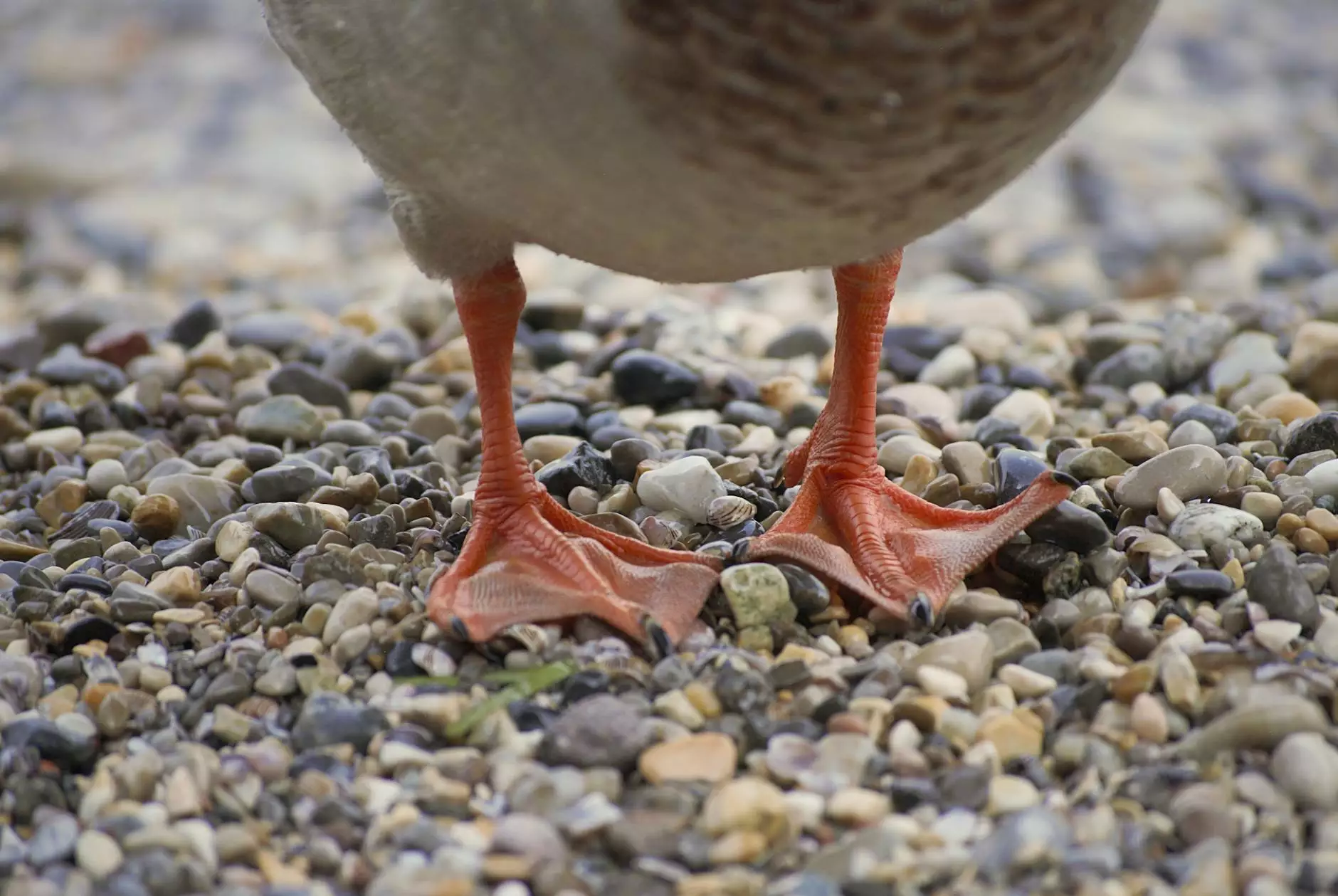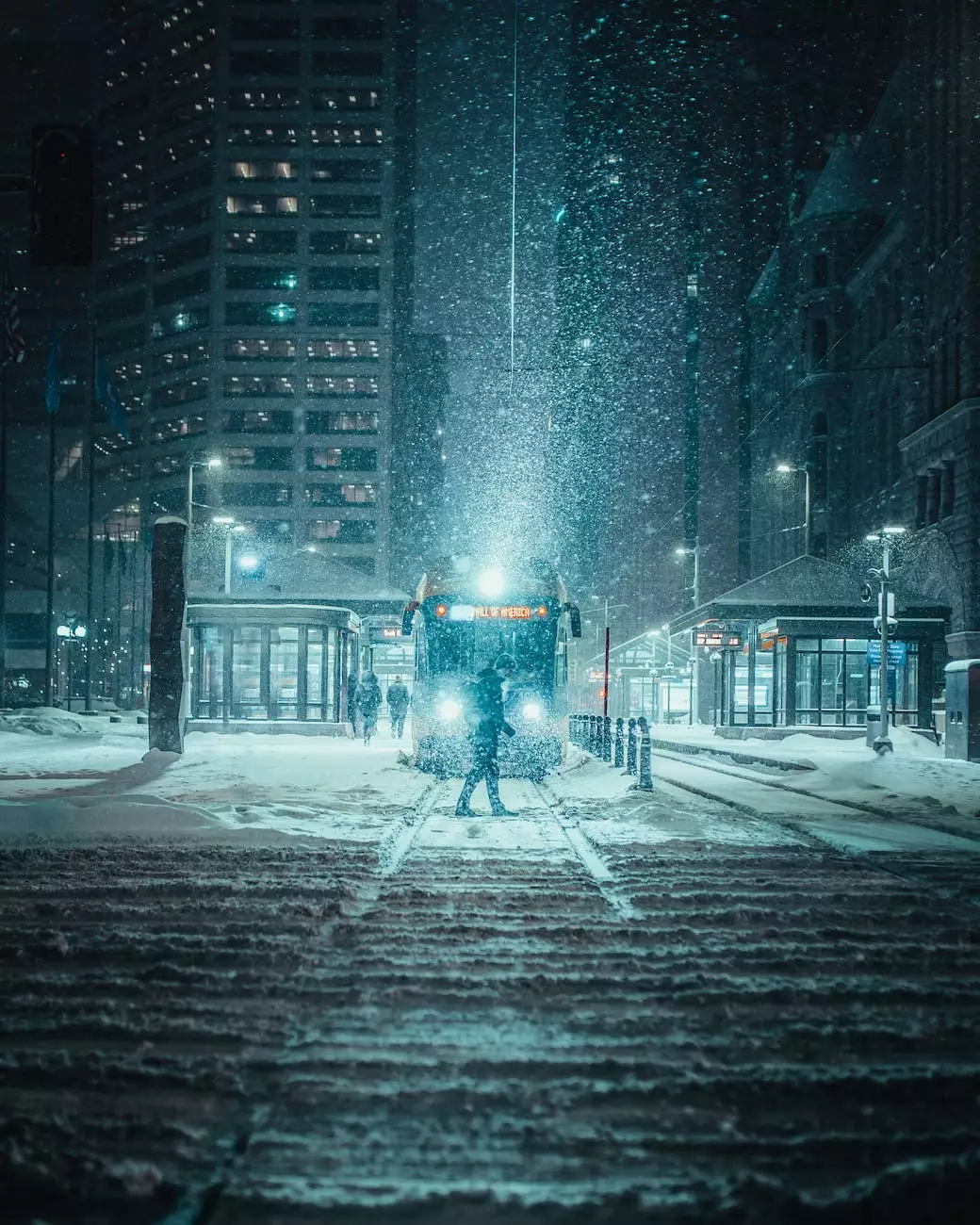Mountain School @ Home Lesson 16: Glaciers!
School Programs
Introduction to Glaciers
Welcome to Mountain School @ Home Lesson 16: Glaciers! In this lesson, we will explore the fascinating world of glaciers and learn about their formation, types, and effects on landforms. Glaciers are one of nature's remarkable creations, with their sheer size and dynamic nature capturing the imagination of many.
Formation of Glaciers
Glaciers are formed through a process known as glaciation. Over thousands of years, layers of snow accumulate in regions where the amount of snowfall exceeds its melting rate. The weight and pressure from the top layers compact the snow beneath, turning it into ice. As the process repeats, the ice becomes denser and begins to move downhill due to gravity.
Types of Glaciers
There are two main types of glaciers: alpine glaciers and continental glaciers. Alpine glaciers, also known as mountain glaciers, form in mountainous regions and occupy valleys. They flow down slopes, carving out characteristic U-shaped valleys. Continental glaciers, on the other hand, cover vast areas of land. They are found in Antarctica and Greenland and can reach several kilometers in thickness.
Glacial Processes and Features
Erosion
Glaciers play a significant role in shaping the Earth's surface through various erosional processes. As glaciers move, they scrape and scour the land, resulting in distinct features like cirques, aretes, and horns. Cirques are large bowl-shaped depressions formed at the head of valleys. Aretes refer to narrow ridges that separate two adjacent glaciated valleys, while horns are sharp mountain peaks formed by the erosion of several adjacent cirques.
Deposition
Glaciers also deposit an array of materials as they advance and retreat. These deposits, known as till, are a mixture of various-sized sediments. Moraines, lateral and medial, are ridges formed by the deposition of till alongside and within glaciers. Glacial outwash plains, on the other hand, are broad areas of deposited sediments carried by meltwater. These features contribute to the unique and diverse landscapes shaped by glaciers.
Impacts on Landforms and Environments
The presence of glaciers has a profound impact on the surrounding landforms and environments. Glacial retreat leads to the formation of glacial lakes as the meltwater collects in depressions left by receding ice. These lakes serve as vital water sources and are often surrounded by stunning natural beauty.
Glacial activity can also carve out fjords, which are deep, narrow inlets with steep sides, commonly found in regions with past or present glaciation. Fjords provide habitats for unique marine life and offer breathtaking views for visitors.
Conclusion
Mountain School @ Home Lesson 16: Glaciers has provided an in-depth exploration of these magnificent icy phenomena. We have learned about glacier formation, types, their erosional and depositional processes, and the impact they have on landforms and environments. Glaciers continue to shape our planet, leaving behind awe-inspiring landscapes and serving as a reminder of nature's incredible power.
To further expand your knowledge, consider joining our Mountain School @ Home program, where you can explore various other topics related to the natural world. Butterflies R Us Mobile Training is committed to providing comprehensive business and consumer services, catering to your educational needs.










